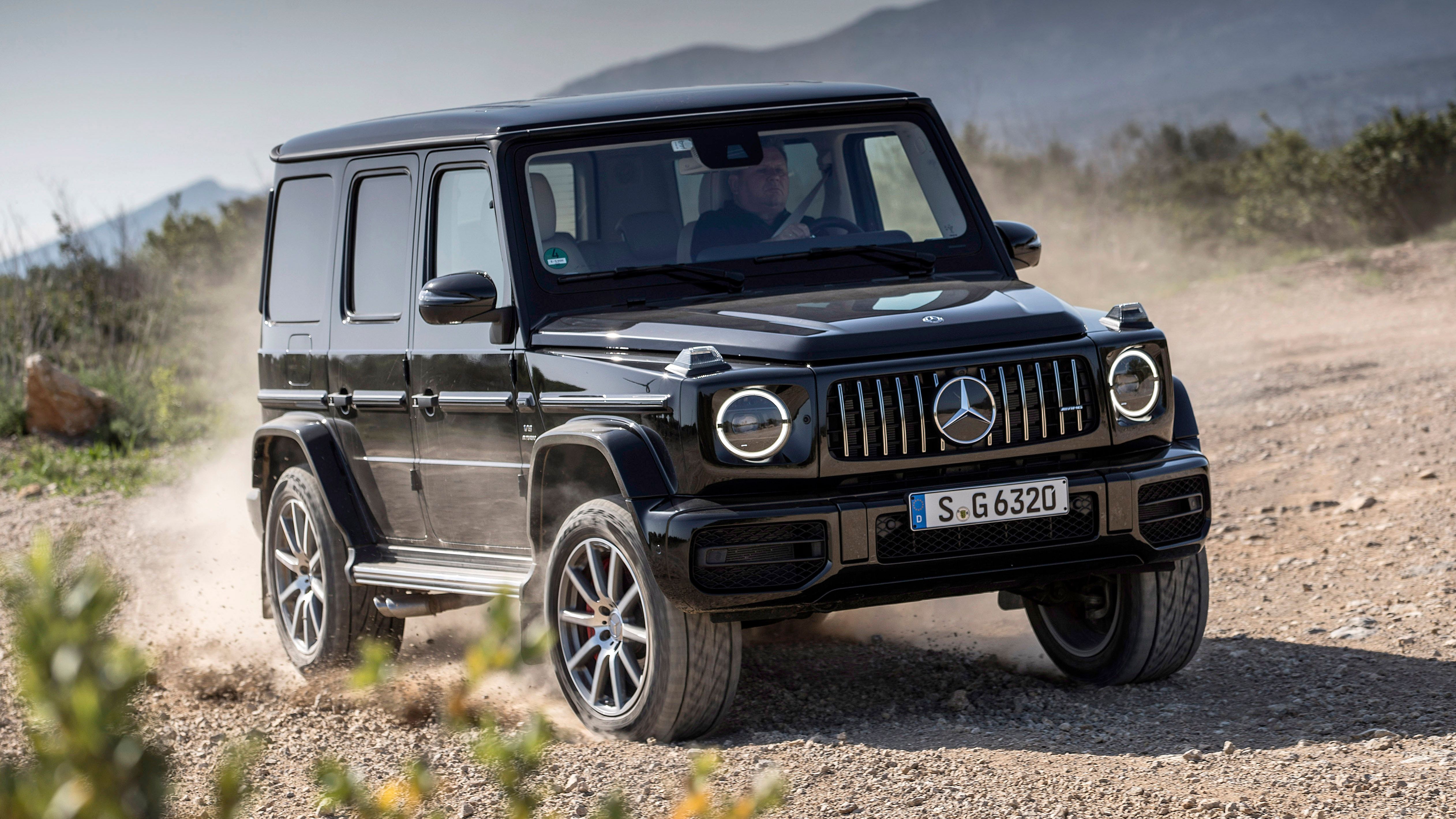Mercedes-Benz visualized the concept of an all-wheel-drive off-road vehicle in the 70s. Called Geländewagen, which meant a cross country vehicle, the engineers and designers wanted to inculcate reliability, limitless off-road abilities, and robustness in an SUV. On the other hand, the makers wanted to create a fully-equipped luxury vehicle that would be comfortable to carry goods and people. With an intent to keep everything in a single cross-country vehicle, the G-Class was designed.
The inspiration to keep the frame and body separate came from the idea of offering various body variants. Considering the weather and road conditions worldwide, Mercedes created an era-defining car that would inspire millions around the globe. From the first iteration of the G-Wagon, Mercedes created a strong bond with the customers and outperformed their expectations with every new generation of the G-Class.
Incorporating new technology to give an exceptional riding experience in an off-road vehicle through several generations and models, the G-Class has been the epitome of innovation, and here’s a glimpse at how it has evolved over the years.
G-Class First Generation (1979-1989)
In 1975, the first pre-production model was developed by Mercedes before the production began. That design cemented the G-Class into the distinctive cross-country vehicle it is today. Mercedes wanted to create a body that could provide drivers a good overview and have a slim shape to navigate through forest tracks. With straight lines and finely proportioned surfaces, the striking off-roader was ready.
A choice between three versions was provided with the first G-Class - a short wheelbase convertible, a Station Wagon, and a panel van with a short or long wheelbase. This opened the opportunity to offer four engine variants: 240 GD four-cylinder with 72 HP, 300 GD five-cylinder diesel engine with 88 HP, 280 G six-cylinder petrol engine with 150 HP, and 230 G four-cylinder petrol engine with 100 HP or 90 HP. To keep up with the advances in technology, the G-Class saw an upgrade in 1981 with an addition of the AC. In 1982, the 2.3-liter engine was replaced by a better-equipped engine with a fuel injection system. The G-Class transformed from a cross-country vehicle into a dynamic passenger car.
G-Class Second Generation (1989-2001)
First unveiled at the Frankfurt Auto Show in 1989, the G-Class came with a new face for the 90s to mark its 10th anniversary. Called the W463, the G-Class came with revised interior paneling and dashboard, comfortable rear bench seats, and wood-trimmed interior.
The new G-Class featured a standard four-wheel-drive system with a new mated 170 HP engine. In 1993, a special edition with only 500 units of the same iteration was released with an eight-cylinder 500 GE that provided an output of 241 HP.
During the same time, the model designations were changed for the off-roader. A three-digit number led the ‘G,’ and the suffixes ‘E’ for fuel injection and ‘D’ for diesel was added, and the model was officially named the G-Class. With the modifications in the second generation, Mercedes attracted a new buyer group and convinced the customers that luxury could be experienced even in an off-roader SUV.
G-Class Third Generation (2001-2017)
After two decades of debuting the first G-Wagon, Mercedes finally decided to launch the G-Class in the United States. In 2002, Mercedes dropped a more powerful version of the G-Class by offering a solid V8 engine. The V8s were equipped in two iterations, the G55 AMG that boasted 349 HP and a lower output version, G500, with a horsepower of 292.
In 2004, the G55 AMG retained its name and compiled a 5.5-liter V8 under the hood. The engine gave a new life to the SUV that now pumped 469 HP and 516 lb-ft of torque. With the top speed of 131 MPH, the second generation of the G55 AMG revived the series.
With sheer brilliance, a surreal G63 AMG 6x6 was launched in early 2013. Providing 18.1 inches of ground clearance with its 37-inch tires, the new iteration was hot and heavy. The V8 pumped out 544 HP that balanced the 8,500 lbs curb weight of the truck. The production remained the same except for the G65 that replaced the V8 with a mighty V12 in the future.
G-Class Fourth Generation (2017-Present)
The current generation of the G-Class arrived in 2017 when the Mercedes-Maybach G650 Landaulet was launched at the Geneva Auto Show. The G650 Landaulet was limited to only 99 units and was said to be a tribute to the original icon first produced in 1979. Priced at more than $780,000, it is one of the most expensive SUVs in the world. Morphed with a twin-charged V12 that provides an output of 621 HP, the 650 Landaulet offers the true experience of an off-road car with first-class luxury.
In 2018, Mercedes G-Class underwent its most extensive redesign of the W463 and created a well-rounded, refined, and user-friendly iteration. A 4.0-liter twin-turbo V8 and retained original specs were proof that the SUV experience can be revolutionized without changing the iconic design. Mercedes-Benz has outperformed itself with each series iteration to submerge various customer niches and dominate the segment. From a rugged G-Wagon to a luxurious off-road passenger vehicle, innovation has always been consistent with G-Wagons.
It is no surprise that one of the most profitable models of Mercedes will be seen in the future. With strong claims to produce zero emissions in the G-Class, the newest G-Class will be more sustainable than ever. An electrified version of the boxy, rugged, and ultra-luxurious SUV will be launched in late 2022.





